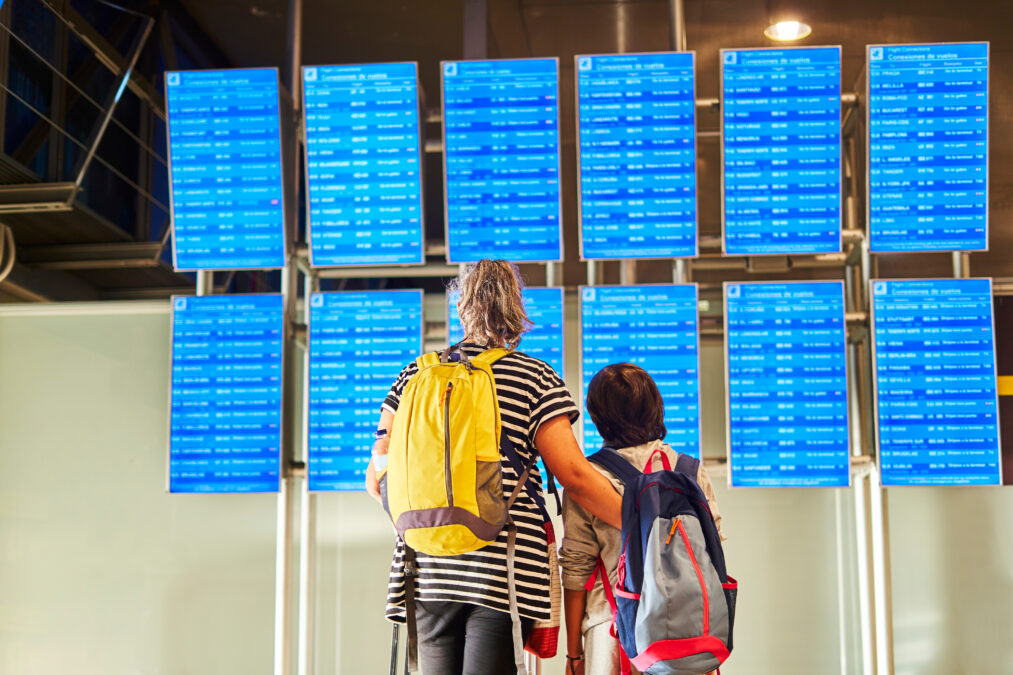The benefits of predictive maintenance (PM) in rail have been clear to see for a number of years.
With the continuing advancement of sensor technology and data analytics, manufacturers and operators now have tools at their disposal to deploy an effective PM strategy, and ensure disruptions can be kept to a minimum, at a time when rail passengers remain frustrated with poor service.
Using asset monitoring and analysis, operators can predict the optimum time to carry out maintenance prior to a potential failure, minimising interruption, promoting safety and avoiding costly delays while replacement parts are ordered and fitted.
Why then, if such a strategy can improve punctuality, profitability and customer service, has uptake so far been slower than expected in the rail industry?
Here, this article will explore what needs to change if PM is to revolutionise the industry.
The state of play: rail operators’ readiness for predictive maintenance
Evidently it would be incredibly difficult to shift from traditional, scheduled maintenance to a predictive model in one fell swoop.
>See also: Powering planes, trains and automobiles
Currently, most operators are working to a condition-based maintenance model (CBM), relying on automated monitors to signify when maintenance is required.
This demonstrates progress in a traditionally conservative industry, where many jobs are reliant on routine manual equipment checks and the installation of monitoring technology can be a slow process.
These factors could explain why PM hasn’t yet been more widely adopted.
However, they also ignore the intricacies and idiosyncrasies of rail infrastructure, which represent another hurdle to the uptake of PM across the industry.
Infrastructure, resources and climate conditions vary from country to country, resulting in trains and networks that are tailored to their specific environments.
For the moment, this is hindering the widespread implementation of a full PM strategy.
It’s also frequently overlooked that PM isn’t yet applicable to all aspects of rail maintenance.
Large amounts of data are needed to build an effective solution, but currently the costs of collecting and formulating this information simply aren’t justifiable for all rail operators.
Until the technology improves further therefore, PM solutions will only be implemented on a case-by-case basis where they can be proven to reduce overall maintenance costs in the long-term.
If they are ready, are they willing?
That said, there are many trains which are suited to and are already more than viable for PM.
So why then isn’t it more widely used?
To a large extent, this can be attributed to the conservative nature of the rail industry; many train operating companies across Europe are still nationalised and lack the resources to invest in a comprehensive PM strategy.
Therefore, many operators are disinclined to invest in retrofitting existing stock with PM solutions due to cost pressures, with most preferring to integrate PM into their new builds.
From a technological perspective practicality also plays a role.
>See also: Next stop, software: how technology is revolutionising train design
New builds are generally more suited to CBM and PM than existing legacy fleets, as the technology can be integrated into design from the outset, rather than retrofitted 10 years down the line.
Of course, it makes sense that operators are choosing to find alternative routes and not make sweeping upgrades across their entire fleets all at once: to do so would be extremely costly, and would leave them without any stock to run their services.
That said, failure to upgrade existing stock today means it could take them many years to implement it on a train by train basis in the future.
A matter of necessity
Many operators are delaying investment in PM until the technology is sufficiently adaptable and affordable to be implemented on a large scale.
Right now, many operators have condition-based maintenance systems in place to help safeguard the longevity of their networks.
These systems typically involve the direct application of diagnostic monitoring in real-time, and are useful for assets and sub-systems where there is enough time to act after reading their condition to ensure they continue to be operated safely.
However, this does not address systems where there is insufficient time for technicians to act upon any issues, and leaves scope for delays, should these systems fail.
These failures directly impact customer experience, and help illustrate why a more holistic solution based on predictive maintenance is the way forward to help operators boost their revenues.
Many trains already use PM models, and we’re witnessing an increase in customer satisfaction levels as a result.
In Hong Kong for example, the MTR Corporation is using AI to automate the planning and scheduling of engineering works, creating efficiency, time and cost savings.
>See also: Trains with brains: how artificial intelligence is transforming the railway industry
These models incorporate the practice of replacing parts before they break down, which helps to reduce time spent on maintenance, and by extension, time lost to train delays through breakdowns or a lack of rolling stock.
This is critical in cultures where there are cost pressures associated with delays caused by failure – take the UK, where the breakdown of one packed commuter train, for instance, can incur a huge bill in compensation for passengers and hefty fines from the regulators.
So why should the industry care?
Ultimately, through a cohesive and universally implemented PM strategy, operators will be provided with live asset availability across the rail network, meaning they can pinpoint exactly where and when a train within their fleet needs maintenance.
This means they can plan when to take trains out of service in advance, and allocate another train from within the fleet to take its place, avoiding costly delays.
This then has a knock-on effect on customer service, by reducing breakdowns across the network and increasing the reliability and efficiency of both new and existing stock.
There’s only so long that operators can put off the advance of PM, with continued technological innovations now making it an absolute must for rail fleets.
Implementing it makes sense for safety-critical systems and operations – such as brakes and signalling systems – regardless of the age of the fleet, because it allows operators to predict risks ahead and prevent them from happening, provided maintenance teams can act swiftly.
Even on cost grounds, there’s no time for delay; once implemented, PM solutions can generate significant savings in maintenance costs, on top of the significant savings made from a reduction in delays.
Given the fact that most operators will see return on investment in PM within two to four years, depending on the complexity of the solution, those who haven’t already done so should turn to it now, or risk being left behind in the safety and efficiency stakes.
Sourced by Duncan Rhodes, global account manager – transportation, Cyient










